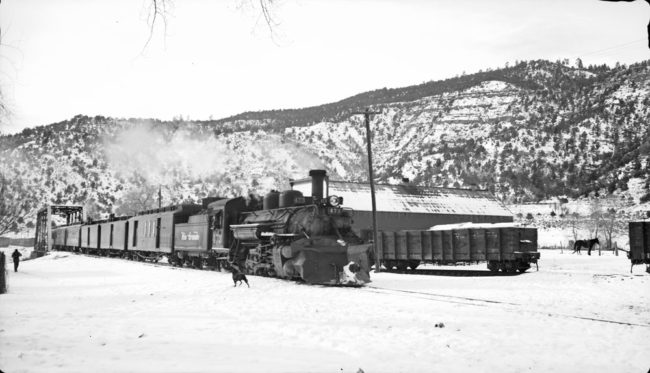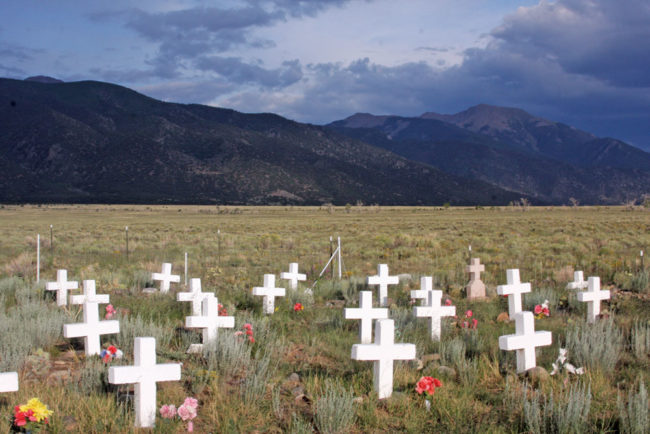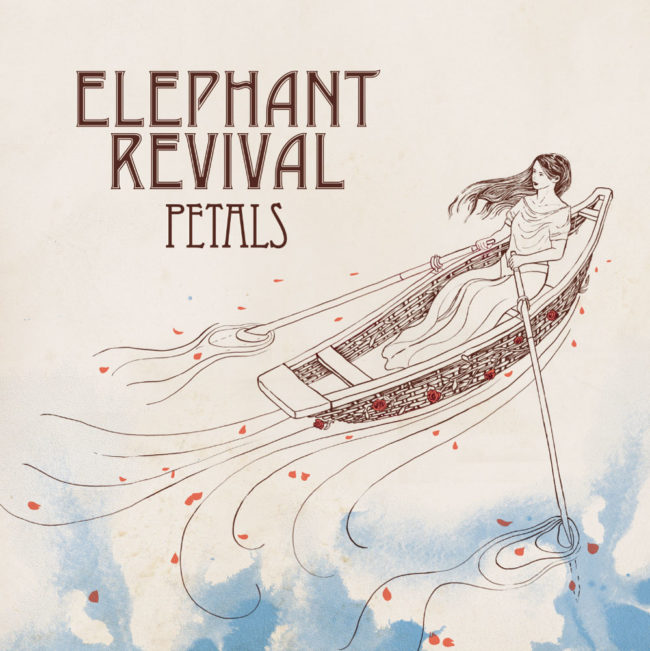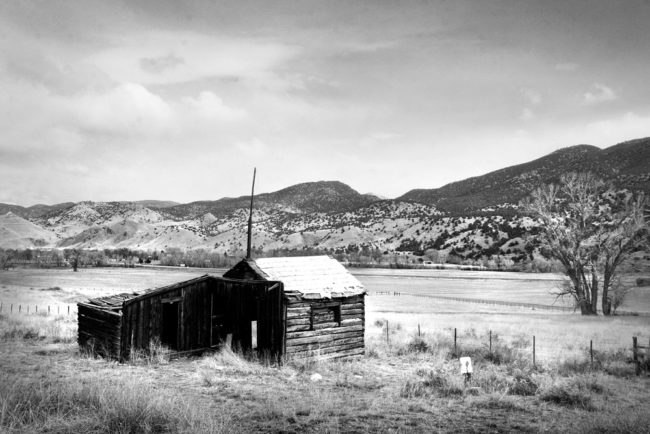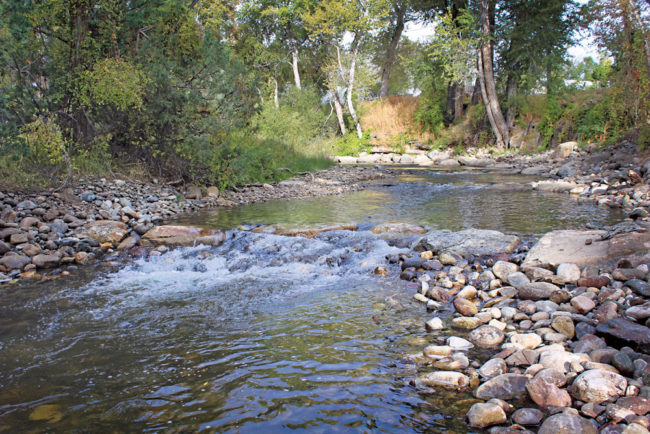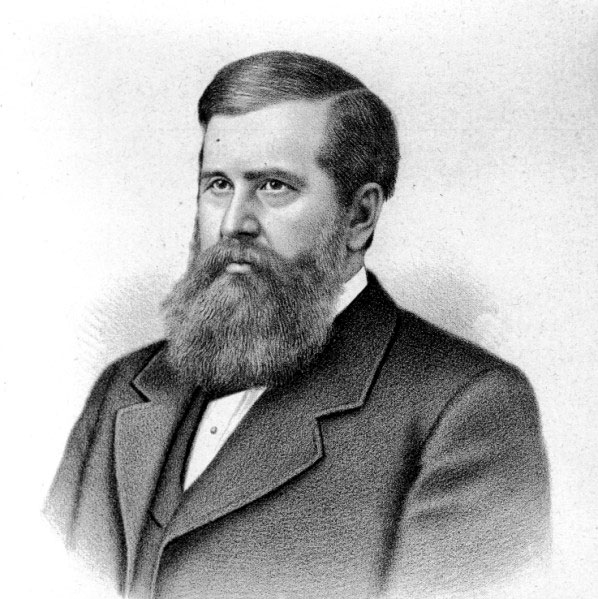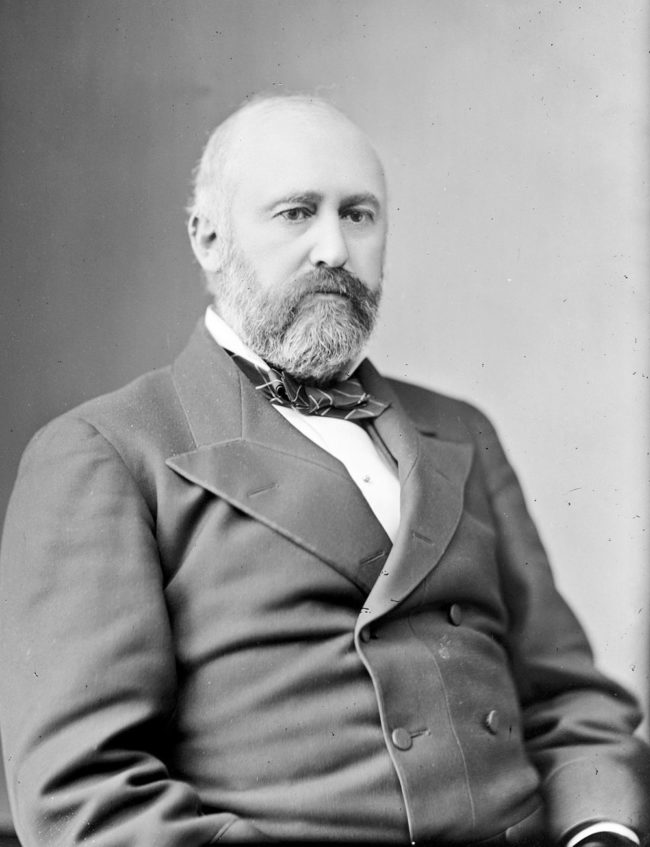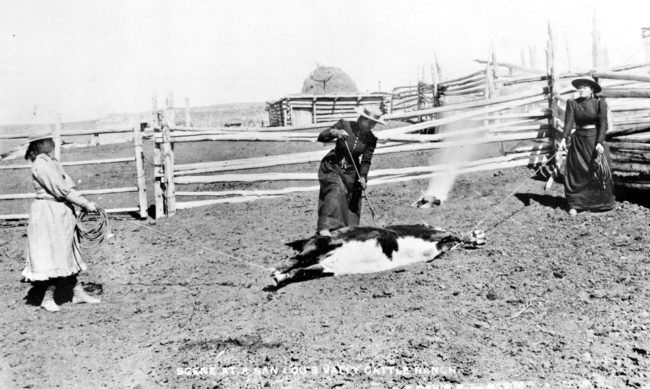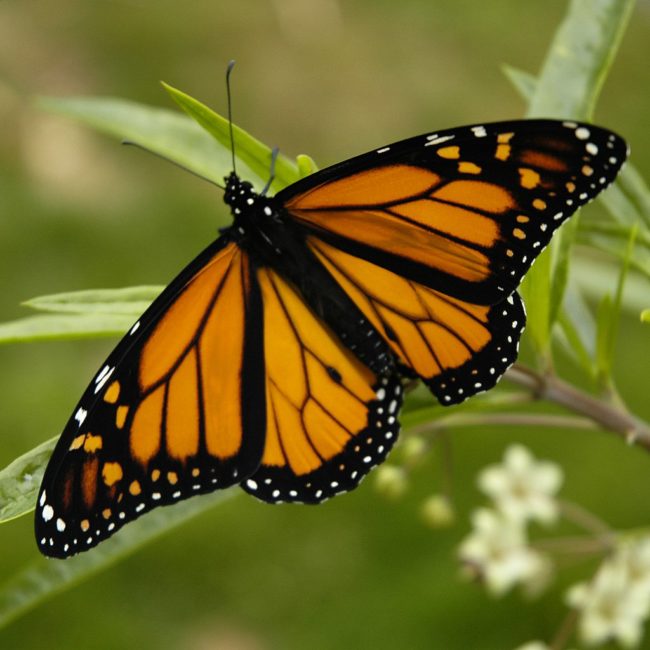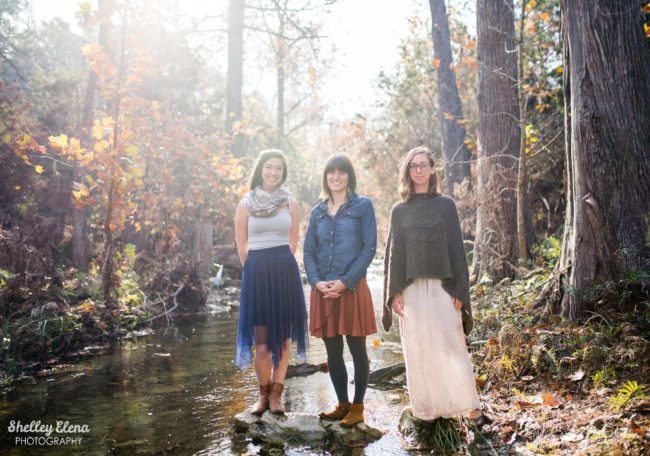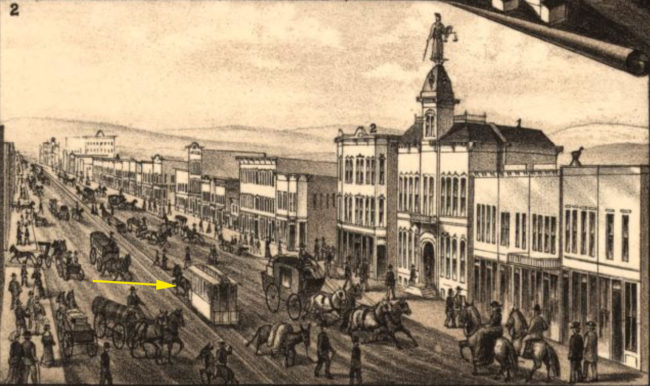By George Sibley
I sometimes sort of joke, in these pages and elsewhere, about the 21st century, wondering in 2016 if we will ever get to the 21st century, and what it will be like if we do.
I do argue – seriously, not jokingly – that “a new century” will not really begin until we actually start doing a lot of constructive work (not just “regulatory”) to address the challenges we began to bicker about in the late 20th century.

